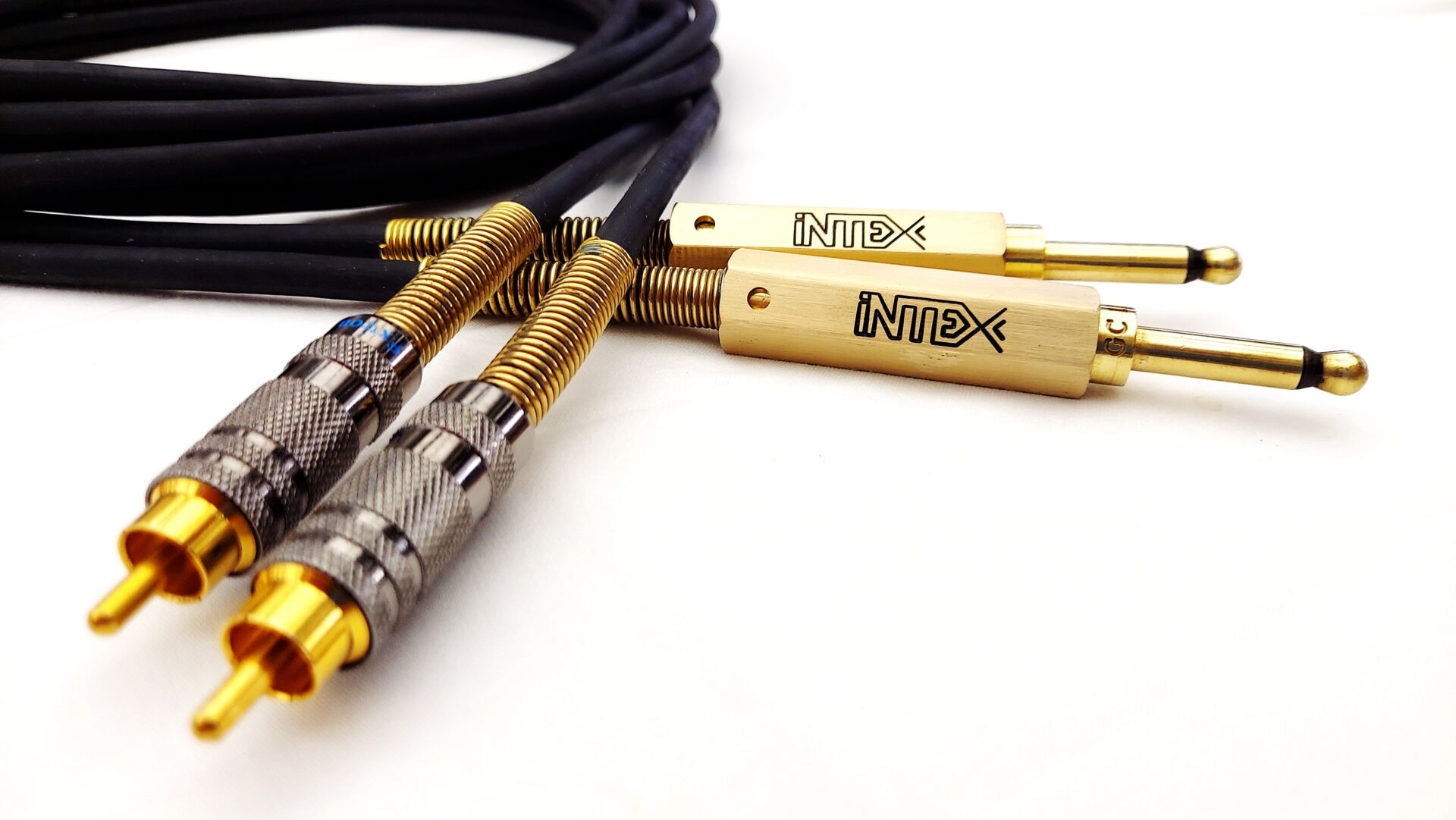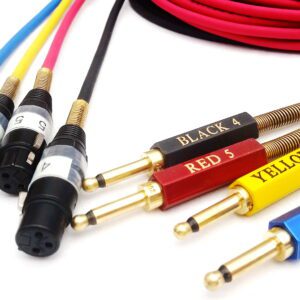Description
Unbalanced cables may be one of the most underappreciated cables in a major studio setup. However, these simple, practical cables provide an incredibly important function at bridging the gap between two pieces of gear with different inputs and outputs. Unbalanced cables are everywhere in the audio world because they provide good signal quality and connect vintage/consumer gear to pro gear. The TS to XLR cable is especially popular, as it allows you to plug gear with 1/4-inch outputs (guitars, pedals, amps, etc.) directly into a mixing console or PA system that uses XLR inputs.
Unbalanced cables come in a variety of configurations including, but not limited to, the following : TS – TRS TS – TSmini TS – RCA RCA – RCA TS – XLR RCA – XLR.
A balanced electrical signal runs along three wires: a ground, a positive leg, and a negative leg. Both legs carry the same signal but in opposite polarity to each other. Any noise picked up along the cable run will typically be common to both legs. Assuming the destination is balanced, the receiving device will flip one signal and put the two signals back into polarity with each other. This causes the common noise to be out of phase with itself, thus being eliminated. This noise cancellation is called Common Mode Rejection and is the reason balanced lines are generally best for long cable runs. XLR and TRS cables are used to transmit balanced audio from one balanced device to another.
Despite having one XLR connector, an XLR to TS cable is an unbalanced cable. That may seem counter-intuitive, but since the TS connector is unbalanced, the whole TS to XLR cable arrangement is unbalanced. But how could a balanced connector pair with an unbalanced connector?, one of the pins of the XLR connector is not wired for the signal to pass through it. Unbalanced cables are less complicated, but they are much more susceptible to noise problems. In general, unbalanced lines should be kept as short as possible (certainly under 8M) to minimize any potential noise that may be carried with the signal into the connected equipment.
If you come up with a configuration that we haven’t listed, or want to do some custom modifications, contact us at [email protected].
Additional information
| Specifications | Capacitance between conductors = 98 pf/M (30 pf/ft) |
|---|
Only logged in customers who have purchased this product may leave a review.



Reviews
There are no reviews yet.